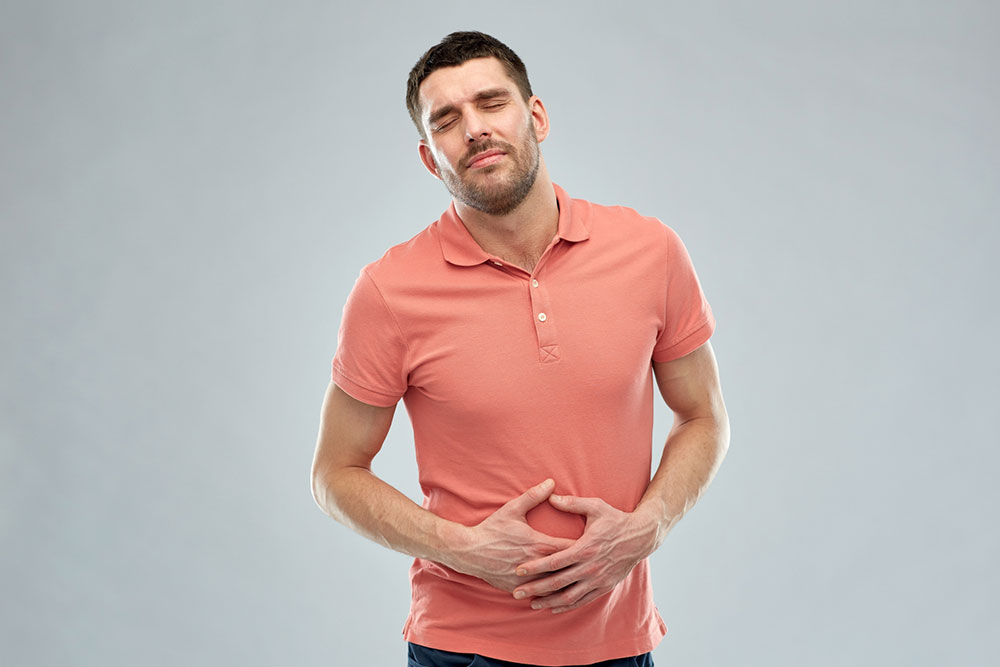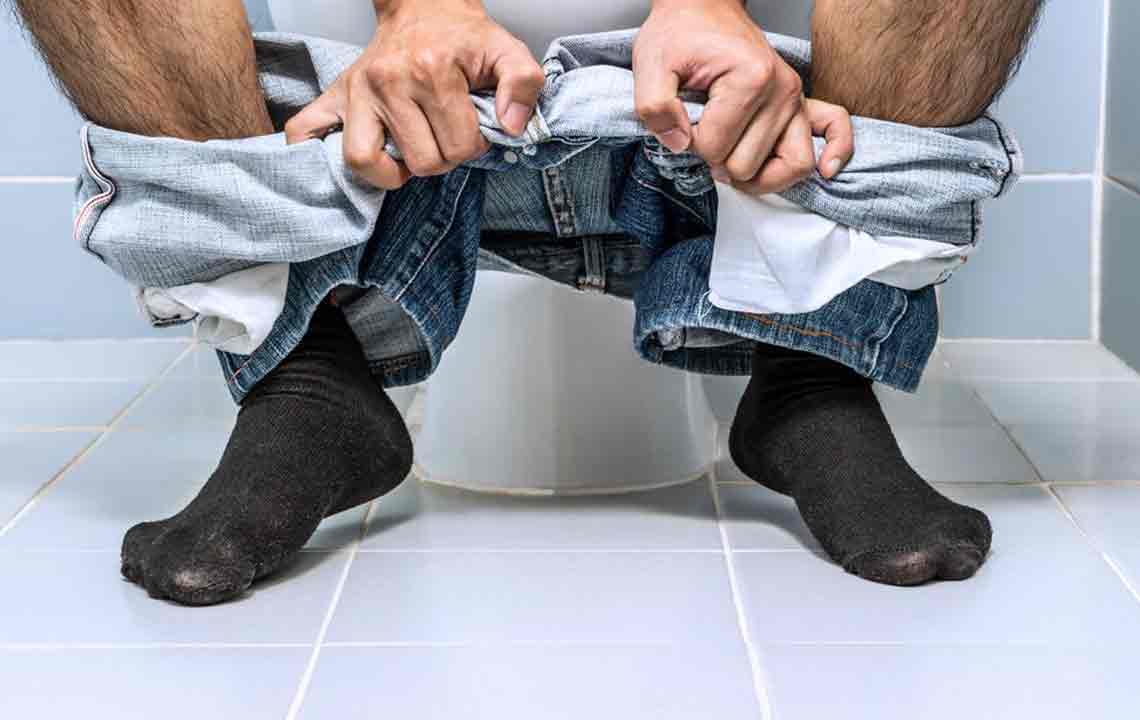Proven Methods to Relieve Hemorrhoid Symptoms
Discover effective strategies for hemorrhoid relief, including dietary adjustments, topical treatments, and lifestyle changes. This guide offers simple tips to alleviate discomfort, reduce symptoms, and promote healing. Consult a healthcare professional for persistent or severe symptoms to determine appropriate treatment options.

Hemorrhoids are swollen or inflamed veins located in the anal and rectal region. Although they can cause discomfort and pain, they are generally harmless. There are three main types: internal, external, and combined hemorrhoids. Internal hemorrhoids are found inside the rectum and usually don’t cause pain because of fewer nerve endings. External hemorrhoids develop near the anus and often lead to itching and pain during bowel movements. Mixed hemorrhoids display features of both types.
Seeking relief from hemorrhoid symptoms? Continue reading to discover causes and effective treatments.
Anyone can develop hemorrhoids, though those between 45 and 65 are more prone. Pregnant women and new mothers are also at increased risk. While the exact cause remains uncertain, factors such as heavy lifting, low fiber intake, constipation, prolonged sitting, obesity, and pregnancy contribute. Common symptoms include light bleeding, swelling, burning, itching, and discomfort.
To ease symptoms and promote healing, consider these strategies:
Increase fiber intake – Incorporate fruits, vegetables, and whole grains into your diet to soften stool and reduce straining. Fiber supplements like wheat dextrin can help reach 20-30 grams daily. Hydration is equally essential.
Use stool softeners – Mix applesauce or yogurt with a tablespoon of mineral oil and consume with meals to facilitate easier bowel movements. Use liners if needed.
Respond quickly to urges – Don’t delay when you need to go. Holding in stool can worsen constipation and aggravate hemorrhoids.
Elevate your feet – Place your feet on a stool while on the toilet to alter rectal angles, easing stool passage and reducing pain.
Utilize over-the-counter treatments – Apply creams and witch hazel pads designed for hemorrhoids. Seek medical advice if symptoms persist; pain relievers may also be helpful.
Use moist wipes – Opt for dampened wipes instead of dry toilet paper to prevent further irritation.
Take warm sitz baths – Soak in warm water for 10-15 minutes multiple times daily to soothe discomfort. Applying topical creams afterward can help.
Apply topical medications – Use prescribed creams or ointments to reduce itching and inflammation as directed.
Maintaining regular movement, avoiding prolonged sitting, and preventing straining are key. Most mild hemorrhoid symptoms improve within a week, with swelling decreasing in about six weeks. Severe or persistent pain requires medical consultation, which may involve minimally invasive procedures for removal.
Disclaimer: The content is educational and based on current research. It is not a substitute for professional medical advice. Always consult your healthcare provider for diagnosis and personalized treatment plans. We are not responsible for third-party inaccuracies or variations in available offers.


